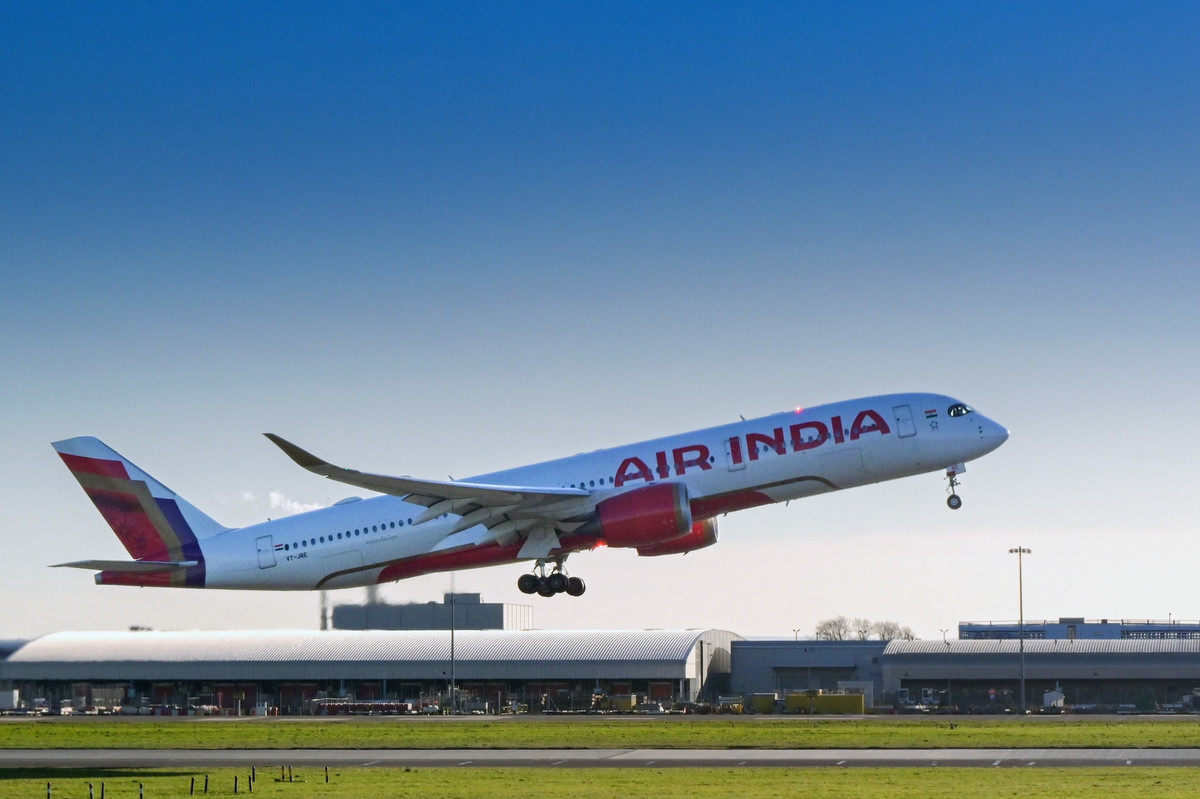
The official signature of the UK and India Free Trade Convention (FTA) in July represents a separate moment in bilateral economic relations. While it is widely recognized as the most comprehensive trade agreement signed by the United Kingdom since its exit from the European Union, its effects on the global air cargo industry – and for regulatory ecosystem and infrastructure – are particularly noticeable. The agreement not only reduces definitions and cancel access to markets through a wide range of goods and services, but also highlights the development of high -speed air freight corridors digitally between two of the fastest economies in the world.
It is expected that the comprehensive economic and commercial agreement, as it is officially titled, will double 120 billion US dollars by 2030. From an air logistical perspective, the agreement reaches a critical time when the industry seeks to recover post -will momentum, capacity restrictions, and more synthesis with sustainability and digital compliance. As for the charging, integration, customs authorities, and airport planners, the free trade agreement offers a plan for more smooth trade across borders – under efficiency, prediction and flexibility.
Read more: The connective narration of India
Air cargo corridors
The Free Trade Trade Convention removes the customs tariffs on about 99 percent of Indian exports to the United Kingdom, which include major goods such as textiles, leather goods, gemstones, jewelry, processed foods, pharmaceutical preparations and engineering products. On the UK side, tariff cuts will benefit the stages of air space components, electronics, cosmetics, alcoholic beverages, and medical devices. According to assessing the impact of the UK government, the agreement can contribute up to 4.8 billion pounds in the GDP in the United Kingdom and 5.1 billion pounds in the GDP of India in the long term.
These folders are not just statistical expectations; It translates directly into the demand for air cargo capacity, especially for good and highly valuable goods. The commercial airports between Mumbai, Delhi, Bangaluru and Chinai are expected to witness the UK’s major airports such as London Heathrow, East Midlands and Manchester, in the sizes of air conditions. IATA market analysis in March 2025 has already indicated an increase of 6.1 percent year on an annual basis in international goods (CTKS), and the Free Trade Agreement is likely to work as an additional activist, especially for the use of abdominal and charging capacity.

Sectoral priorities
Among the affected main shipping categories, pharmaceutical logistical services are likely to appear as a major beneficiary. India is the global pioneering supplier of general medicines and vaccines, while the United Kingdom is an important importer and distributor throughout Europe. Removing customs tariffs on medical products and medical devices, as well as the provisions for simplifying customs, will facilitate the logistics of the cold chain and reduce the times of housing.
Export materials for cultivation-such as mangoes, tea, spices and marine products-are filled with gains from preferential access. The agreement’s commitment to expedited customs version (within 48 hours where the documents are in order) is in line with industry requirements for freshness and improving life. For UK exporters, duties removal on processed foods and specialized products create new opportunities in Indian and Tier 2 cities – which are now provided by the infrastructure of regional airports.
Update habits
The Free Trade Agreement merges a dedicated chapter on customs procedures and commercial facilitation, and called for obtaining a predictable term for release, transparency in border procedures, and the publication of modern digital tools. This is in line with the transformations of the broader air cargo industry towards documents protocols with the first registry of IATA and electronic documentation protocols.
The agreement encourages the use of pre -arrival processing, post -voting reviews, and the management of the coordinated border to accelerate the shipping movement. For authorities in both countries, this will require the inclusion of digital clearance systems, risk stereotypes, and coordinated data standards-especially for commodities such as drugs and double use equipment.
Such provisions also enhance the ability of air charging operators and Earth handles to carefully plan, reduce delay, and manage warehouse space and cold chain stocks more efficiently. These systems, which are merged as soon as they are combined with charging and controlling charging platforms, can provide the transparency of the supply chain close to time.
Read more: Running air cargo growth in India with digital intelligence

Trade of work and services
Although the Free Trade Agreement does not liberate migration on a large scale, it stipulates the movement of skilled professionals – highlighting the movement of Indian services suppliers under managed shares. Nearly 1,800 professionals annually may benefit from visa operations and simplified exemptions from national insurance contributions for short -term tasks.
This has effects on aviation services, logistics management, and supply chain consulting. Indian charging specialists, cold chain technicians, and logistics managers can now work more easily in the UK market, and contribute to transferring knowledge and operational integration.